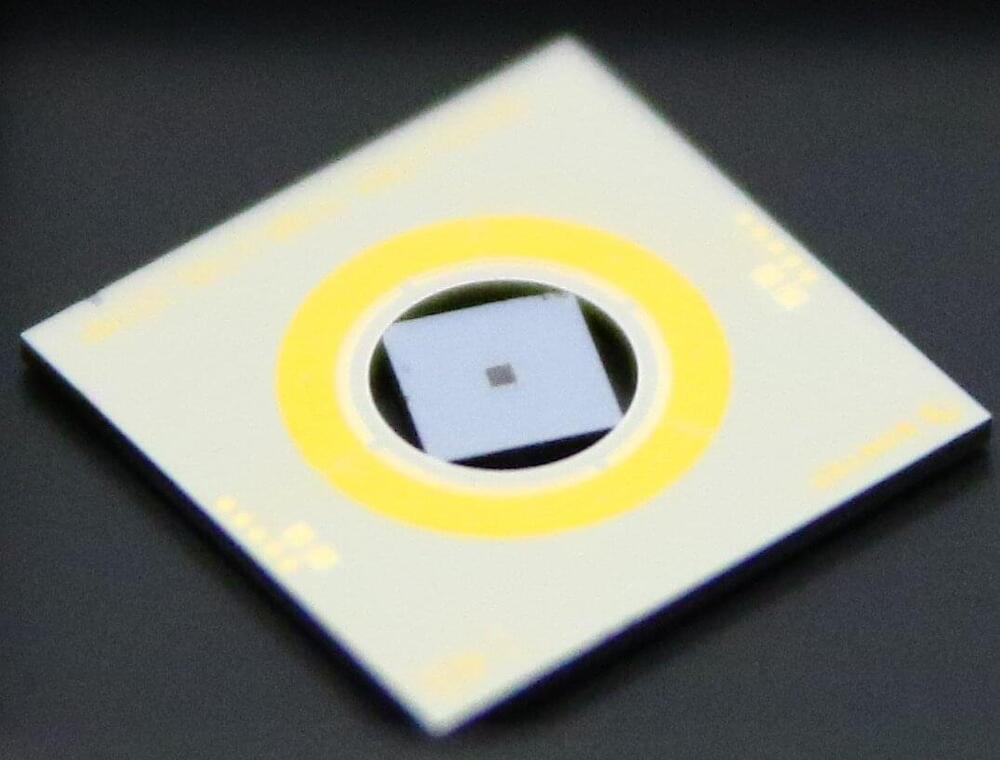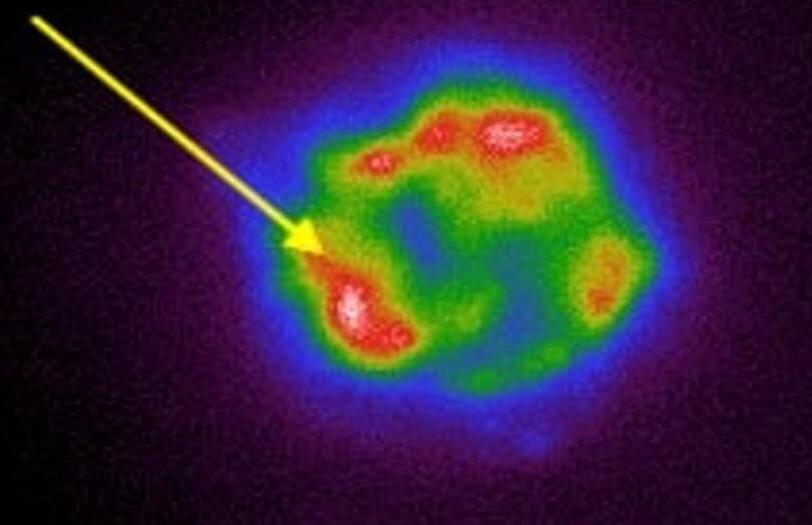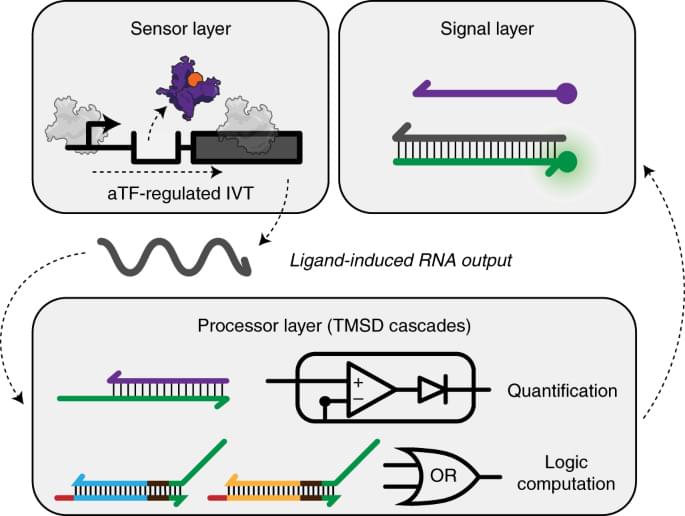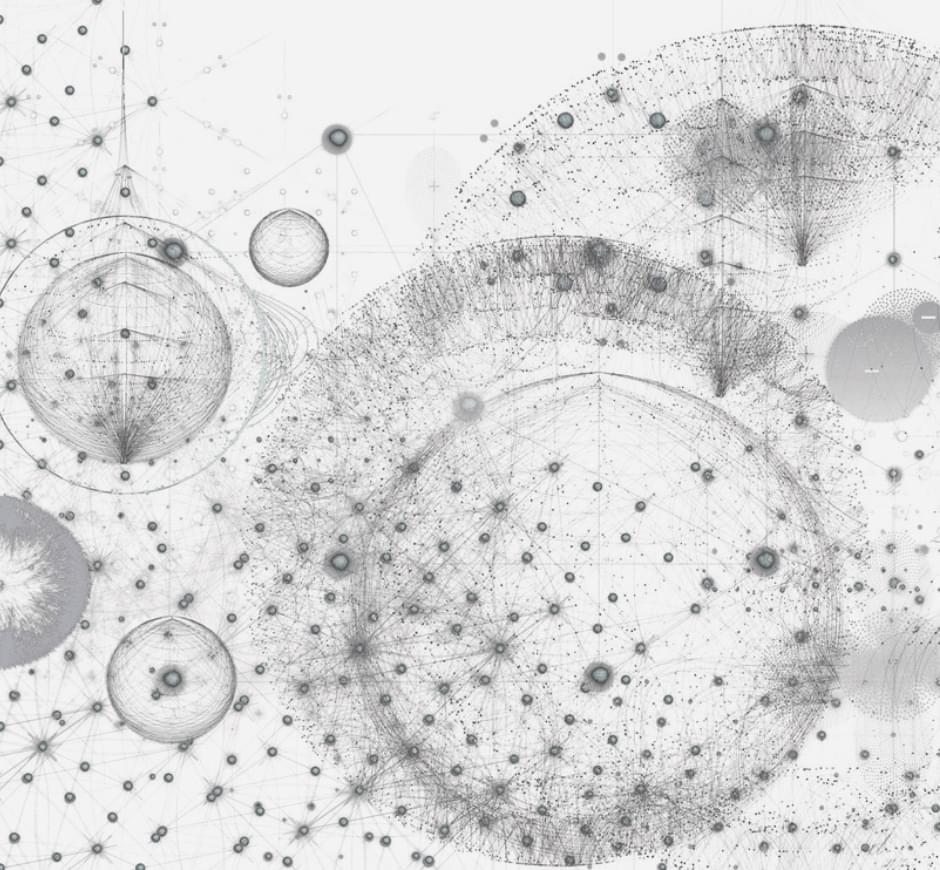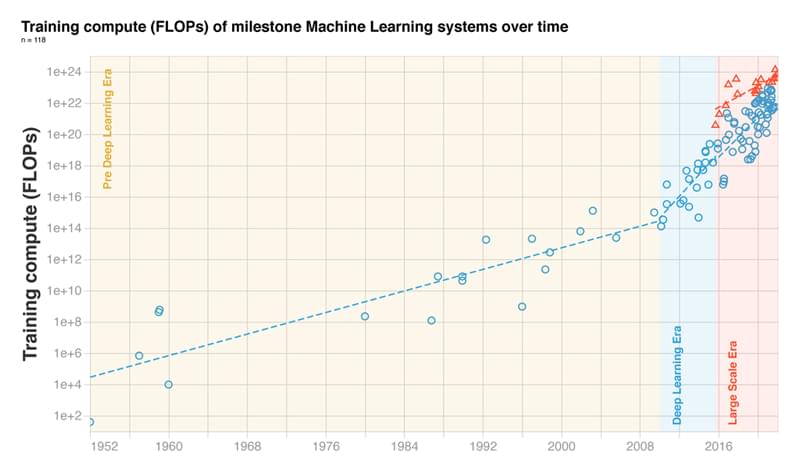For the first time, researchers have created a metasurface lens that uses a piezoelectric thin film to change focal length when a small voltage is applied. Because it is extremely compact and lightweight, the new lens could be useful for portable medical diagnostic instruments, drone-based 3D mapping and other applications where miniaturization can open new possibilities.
“This type of low-power, ultra-compact varifocal lens could be used in a wide range of sensor and imaging technologies where system size, weight and cost are important,” said research project leader Christopher Dirdal from SINTEF Smart Sensors and Microsystems in Norway. “In addition, introducing precision tunability to metasurfaces opens up completely new ways to manipulate light.”
Dirdal and colleagues describe the new technology in the journal Optics Letters. To change focal length, a voltage is applied over lead zirconate titanate (PZT) membranes causing them to deform. This, in turn, shifts the distance between two metasurface lenses.
